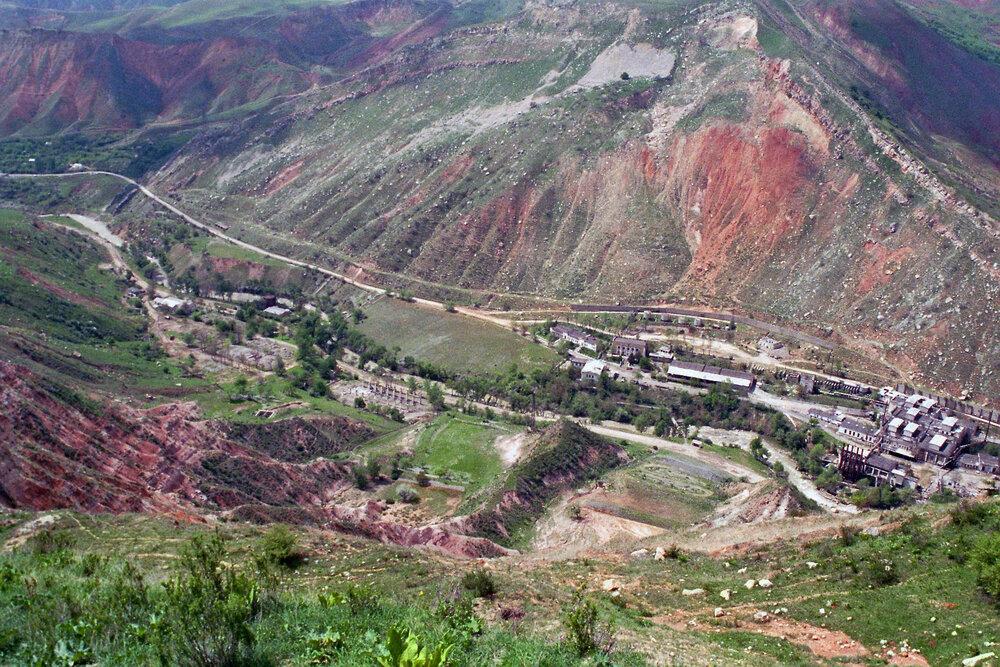Precarious Half-Lives
Mailuu-Suu, a mining town in southern Kyrgyzstan, is home to one of the largest concentrations of radioactive waste across the former Eastern bloc. Between 1946 and 1968, more than 10,000 tons of radioactive uranium ore were produced and processed there, providing much of the fuel for the Soviet Union’s nuclear programme. However, uranium processing generated millions of tons of radioactive residues, known as uranium tailings, which have contaminated the water, soil, and even air in and around Mailuu-Suu.

Chronic exposure to low doses of radiation has had a grievous toll on the local population’s health, as local physicians have registered unusually high rates of birth defects, miscarriages, and stillbirths, as well as increasing incidences of cancer and of illnesses of the thyroid gland and the liver. Yet, despite the hazards associated with life in Mailuu-Suu, most inhabitants remain in the town due to alarmingly low levels of public awareness as well as the unfavourable socio-economic conditions in place, brought along by the rapid de-industrialisation of the city in the aftermath of the Soviet Union’s dissolution.
To this day, the impact of radiation contamination on the health and everyday lives of the population of Mailuu-Suu has remained largely unstudied, for both the Soviet and the Kyrgyz state have, over the last half-a-century, established a “regime of ignorance” which recalibrates scientific norms in order to reinterpret notions of risk. By drawing on long-term ethnographic fieldwork in Mailuu-Suu and building upon the original conceptual framework of “co-habitation” – namely the spontaneous co-functioning of various heterogeneous actors that come together in fluid and unexpected ways in the course of the local population’s “precarious half-lives” – this project aims at: i) providing an in-depth ethnographic account of the everyday practices of the local population that facilitate their life in a contaminated environment; ii) increasing understanding of the politics of and social responses to radioactive contamination; iii) investigating the role of the Soviet and the Kyrgyz state and of the various “regimes of ignorance” in the alarmingly low public awareness levels; and iv) proposing an original methodological framework which rethinks ethnographic research in a contaminated environment.
By doing so, this project contributes to the existing literature on the legacy and contested liabilities of the Soviet Union’s military-industrial complex, life in toxic or contaminated areas, and the nexus of toxicity and scientific knowledge production.
Researcher: Nikolaos Olma


